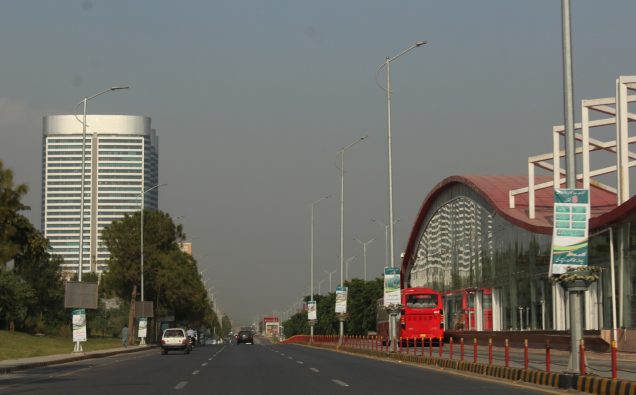
The World Bank has said Pakistan’s economy enjoyed a strong recovery and grew 5.6 percent in FY21 following measures taken by the Government to mitigate the adverse socio-economic impacts of the COVID-19 pandemic.
The latest Pakistan Development Update, says while economic activity maintained its momentum during July-December 2021, high demand pressures and rising global commodity prices led to double-digit inflation and a sharp rise in the import bill during this period.
According to the Bank, these developments have had an adverse impact on the rupee. Moreover, long-standing structural weaknesses of the economy including low investment, low exports, and low productivity growth pose risks to a sustained recovery.
The rebound and improved labor market conditions, poverty—measured at the lower-middle-income class poverty line of $3.20 Purchasing Power Parity 2011 per day—declined from 37 percent in FY20 to 34 percent in FY21. However, rising food and energy prices are expected to decrease the real purchasing power of households, disproportionally affecting poor and vulnerable households that spend a larger share of their budget on these items.
“Pakistan’s economic recovery after the COVID-19 crisis indicates that the country has enormous potential to overcome challenging economic situations,” said Najy Benhassine, World Bank Country Director for Pakistan. “However, sustaining the economic recovery requires addressing long-standing structural weaknesses of the economy and boosting private sector investment, exports and productivity.”
However, the GDP growth is expected to moderate to 4.3 and 4.0 percent in FY22 and FY23, respectively. Thereafter, economic growth is projected to slightly recover to 4.2 percent in FY24, provided that structural reforms to support fiscal sustainability and macroeconomic stability are implemented rapidly, and that global inflationary pressures dissipate.
Islamabad’s macroeconomic risks remain very high. These include tighter global financing conditions, potential further increases in world energy prices, and the possible risk of a return of stringent COVID-19-related mobility restrictions. Domestically, political uncertainty and policy reform slippages can also lead to protracted macroeconomic imbalances.
“To mitigate immediate macroeconomic risks, the Government should focus on containing the fiscal deficit at a level which ensures debt sustainability, closely coordinate fiscal and monetary policy, and retains exchange rate flexibility,” said Zehra Aslam, the lead author of the report.
The Pakistan Development Update is a companion piece to the South Asia Economic Focus, a twice-a-year World Bank report that examines economic developments and prospects in the South Asia region and analyzes policy challenges faced by countries.
The Spring 2022 edition titled Reshaping Norms: A New Way Forward shows that growth in South Asia will be slower than previously projected due to the impacts of the war in Ukraine and persistent economic challenges. The report also includes short- and long-term policy recommendations for countries in the region to counter external shocks, while laying the foundations for green, resilient and inclusive growth.
Source: World Bank

















